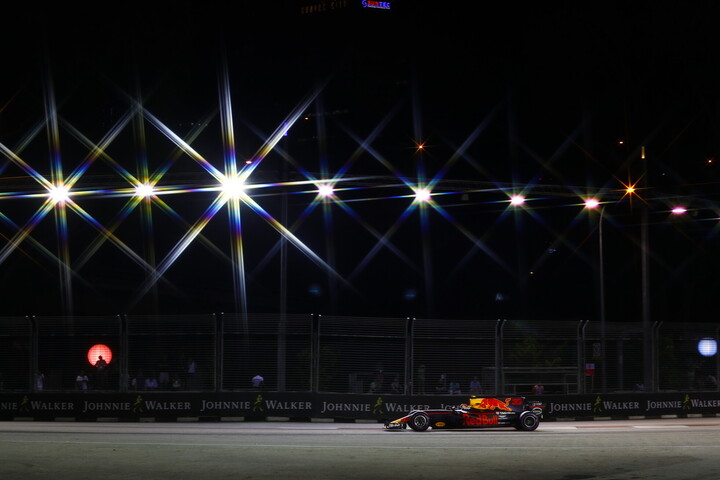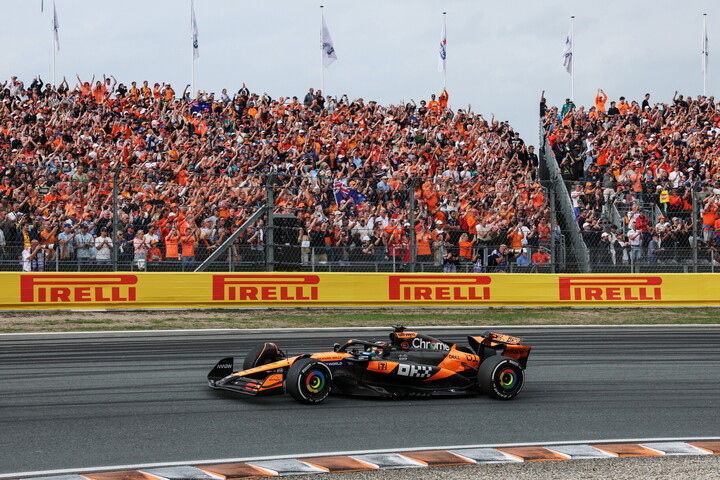On this week #28: the legacy of Alberto Ascari

On 13 July 1918, Alberto Ascari was born in Milan, Italy. He would go on to win the Formula 1 World Championship in 1952 and 1953. He is remembered for his racing successes but also for a sense of tragedy that followed him right from childhood. When Alberto was only seven years old, his father Antonio, a famous racing driver himself, was killed in a crash, the causes of which were never discovered, during the French Grand Prix at the Montlhery circuit. The loss of his father did not seem to put off the young Alberto who since childhood had immersed himself in the racing world on both two and four wheels, during which time he met Enzo Ferrari, who had been a close friend of his father. At the age of 19, he got a job with the Bianchi motorcycle race team and in 1940, he made his debut on the b sharing an Auto Avio Tipo 815, a precursor to a Ferrari, with his cousin Giovanni Minozzi.

A few weeks later, the Second World War put an end to motor racing and Alberto had to take care of the family business, the thriving FIAT Ascari dealership and workshop in Milan as well as an Italian army transport company in North Africa. He ran this in partnership with another racing driver, Luigi Villoresi, who at the end of the war, persuaded him to take up racing again and, as from 1949 they became team-mates in the Scuderia run by Enzo Ferrari. By then, Alberto was a family man, married to Mietta with two children, Patrizia and Antonio.

The wins started coming and that led to amazing popularity in a country that needed new heroes. The Formula 1 World Championship for Drivers was established in 1950 and Ascari competed in four Grands Prix, twice making it to the podium, the first time finishing second in Monaco on Ferrari's debut. The following year came his first win in Germany, while another followed immediately in the Italian Grand Prix at Monza. Real success then came over the next two years. At the wheel of the Ferrari 500 F2, Ascari won almost everything there was to win: 11 wins from 14 starts and two championship titles. “Ciccio” as he was known, had an open and friendly nature, with a reputation for always being in control as well as quick at the wheel and he never seemed to have to push the limits to beat his peers. He was very superstitious, terrified of black cats and fatalistic, aware of the risks of his profession.

1954 was a year of change. The Ferrari car was no longer as competitive as in the previous two years, so Ascari accepted a lucrative offer from Lancia to race in Formula 1, but the D50 was unreliable at first. With the Turin firm, Ascari won that year's Mille Miglia in a D24, in fact beating a Ferrari in the hands of Vittorio Marzotto. On 22 May of the following year, in the second round of the Formula 1 championship at Monaco, the Milanese driver was in the lead, when he skidded coming into the port chicane, the car plunging into the harbour and sinking immediately. It seemed like an eternity before Ascari's blue helmet bobbed to the surface and he was rescued by boat. He escaped with a broken nose, a few bruises and quite a scare, but it could have been much worse!

Four days later, he turned up unexpectedly at a Ferrari test where his friend Eugenio Castellotti was driving a sports car. Ascari asked if he could do a few laps, even though he didn't have his racing overalls with him, nor his blue helmet that he was particularly fond of. He borrowed Castellotti's white one. After three laps, in a part of the track quite a way from the pits, the fatal crash occurred. It happened at the Vialone corner, now renamed in his memory. The cause? A blackout? A gust of wind? A tyre blowout? Did someone suddenly walk across the track? There were many theories but the exact cause has never been established. There were some strange coincidences linking his death to that of his father Antonio. They were both 36 years old and died four days after emerging unscathed from a frightening race crash, they both won 13 Grands Prix at the highest level at which they raced, both accidents occurred at the exit to left hand corners and they both died on the 26th day of the month, Antonio in July, his son in May, thirty years apart in 1925 and 1955 respectively, both leaving a wife and two young children.
All of Italy was in mourning following the death of Alberto and on the day of his funeral in Milan, the entire city was plunged into silence, as the solemn procession carrying the fallen hero made its way slowly through the streets, lined with thousands of people all dressed in black. No fewer than 15 funeral cars were required to transport the huge number of wreaths and bouquets. The hearse was pulled by a team of plumed black horses, his blue helmet atop the coffin and he was laid to rest next to his father in a Milan cemetery.




